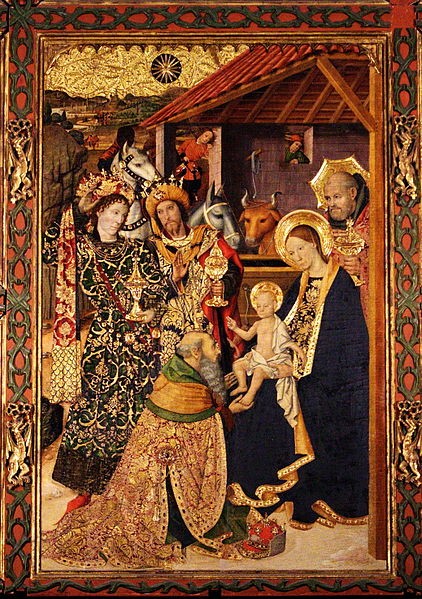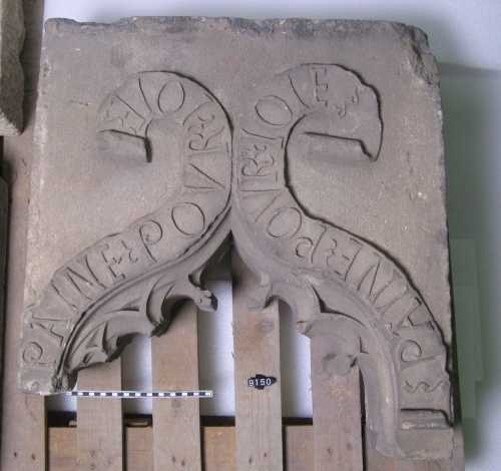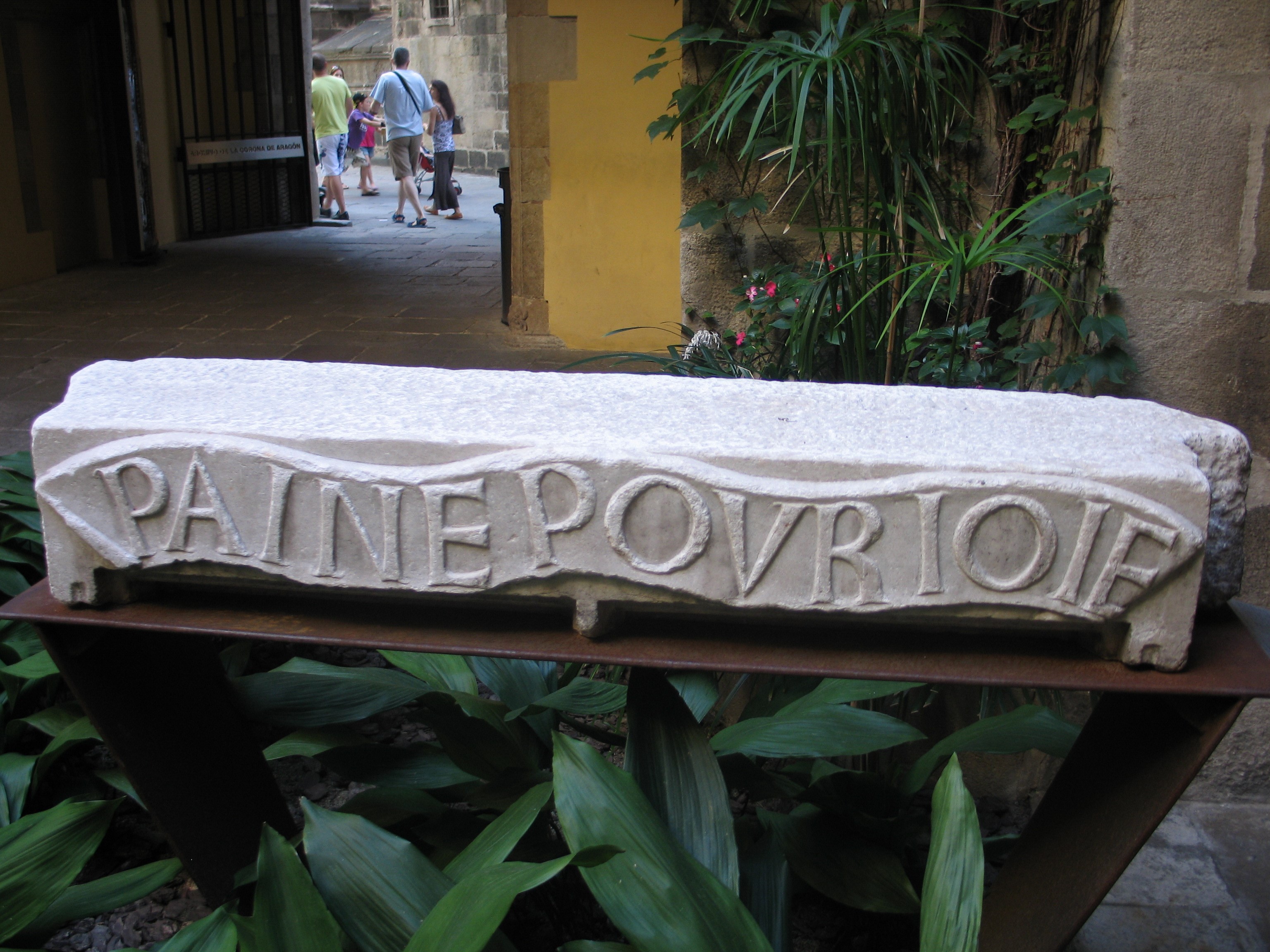Albert Estrada-Rius
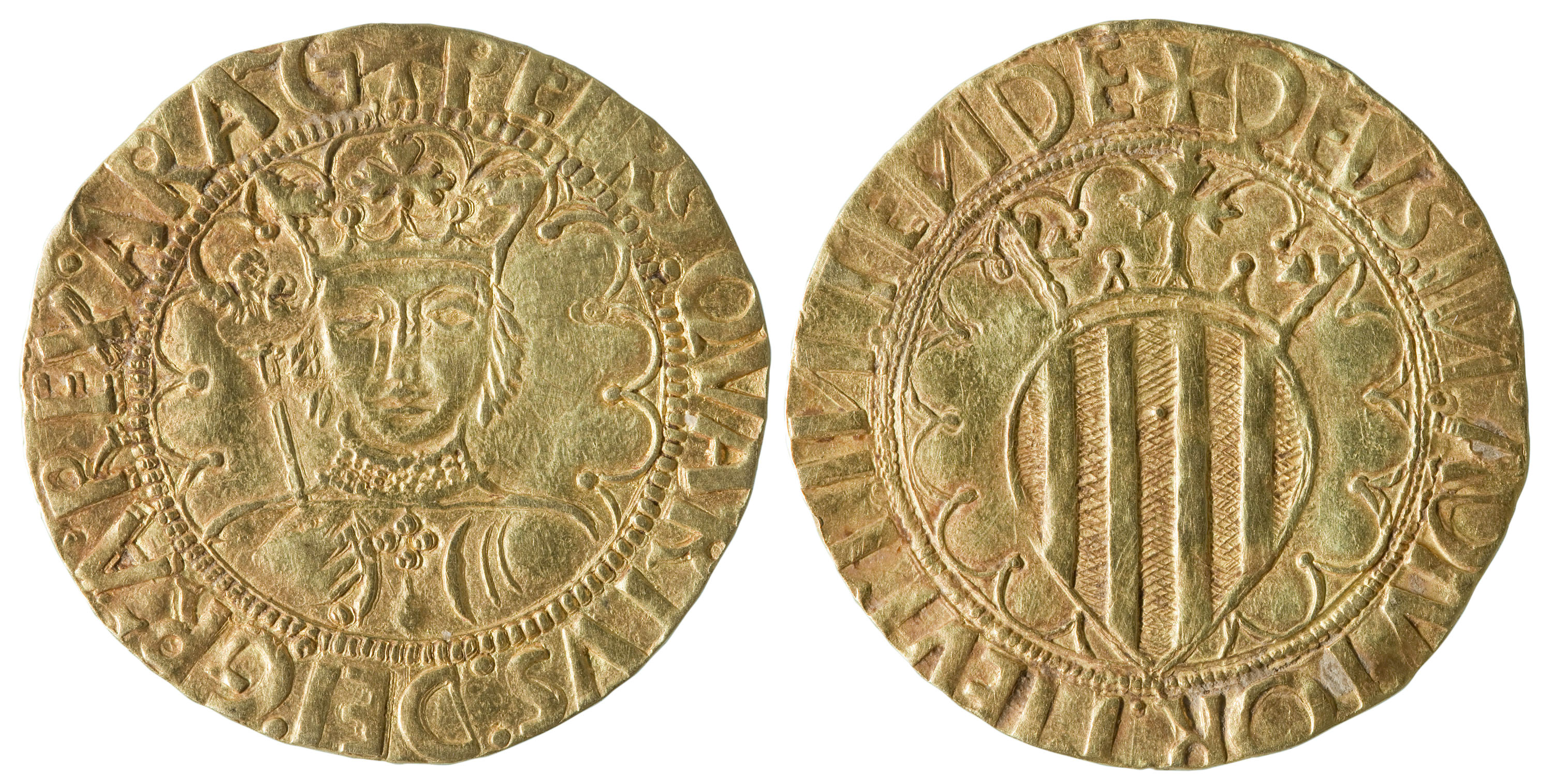
Peter IV, called «The Constable of Portugal», Pacífic de Barcelona, 1464-1466. Museu Nacional d’Art de Catalunya
Events are a good pretext to commemorate historic events or to remember forgotten characters. This year we are celebrating 550 years of the death of an infant from the royal household of Portugal, called Peter, who ended up reigning in Catalonia between 1464 and 1466 with the name of Peter IV. The context in which he accessed the throne was that of the civil war (1462-1472) of the representative institutions of Catalonia – the Consell de Cent (“Council of One Hundred”) and the Diputació del General de Catalunya– against the «legitimate» King John II the Faithless. For this reason, once the latter recuperated the throne and peace was agreed, the late Peter would become considered to be the «intruder» King and all the parts tried to forget him.
The quality of the patrimonial legacy of the sovereign that has reached the present day, despite the short duration of the reign and the context of upheaval, justifies the fact that the Museu Nacional d’Art de Catalunya has become involved in the diffusion of the person and his work. First, with the preparation of the seminar «The coinage of an outcast king: Peter IV in Catalonia» and, this autumn, with the organisation of the study conference «Peter of Portugal, King of Catalans: memory and heritage».
Peter was a member of the Portuguese royal family, and on his mother’s side, he was grandson of the last Count of Urgell, James the Unfortunate. His lineage is linked to the rulers of the house of Barcelona. That’s why the Catalans revolted against John II – brother and successor of Alfonso IV the Magnanimous and father of Fernando II the Catholic – they proclaimed him to be King.
The Constable was a young prince as cultured and refined as he was pursued by misfortune. In the autumn of the Middle Ages and at the dawning of modernity, humanity magnified and rallied the melancholy. Peter, son of the disgraced regent of Portugal who died in battle, was stripped of the grand-master of the Order of Aviz and of the position of Constable; he suffered exiles in the educated court of Castile and there he wrote three literary works of notable quality; he adopted as a personal coinage, as was the fashion of the time, the «Paine pour joie» and the allegorical image of the wheel of fortune. In the notary’s inventory drawn up on his death, all sorts of precious objects were included, on which, almost obsessively, his emblem was either engraved, painted, carved or embroidered.
As monarch he made use of his stock of artistic manifestations to project his personal image of being a cultured and decisive King to his new subjects. Despite the prevailing economic hardship in a period of war, he made an effort to invest money in the reform of the old Royal Palace of Barcelona and commissioned works by the best contemporary artists of the day showing exquisite taste. Nowadays an altarpiece is still conserved that was commissioned to Jaume Huguet to adorn the Royal Chapel and that was dedicated to the Epiphany, in a subtle glorification of the monarch that it embodied, and in which he may have been portrayed in the figure of the youngest of the wise men. Several stone lintels have also been conserved adorned with carvings of his coinage.
He also used the offer of works of art –in which he never forgot to put his famous coinage– to some sanctuaries so as to demonstrate his character of being a pious prince. As such, the crown is conserved that he gave as a gift to Santa Maria de Castelló d’Empúries, today the Art Museum of Girona, and there is evidence that he also gave, after enriching it, the lavish cross of the Counts of Foix –today lost– to the Mare de Déu de Montserrat.
As governor he minted a new, beautiful and strong type of golden coinage, that for propaganda reasons he called Pacífic. Recently, the Generalitat de Catalunya has acquired one of the rare coins and has deposited it in the Museu Nacional where it is exhibited.
The misfortune of the prince was the loss of too many battles and culminated in his premature death at the age of 37 in Granollers. In this town the memory of the house is conserved –Palau dels Tagamanent or house of the Constable–, where he died on 29th June 1466. In accordance with his provisions, he was buried in the church of Santa Maria del Mar. In the book of solemnities of Barcelona the route of the funeral procession is described, and the noisy and colourful chivalric ceremony of «raising the arms» that took place in the Saló del Tinell and the square, the Plaça del Rei. The worn white marble laudes which are attributed to him can be found conserved under the organ of the basilica and show the king, strangely, without his attributes of royalty, with a book in his hands. His sword, the supreme symbol of Justice and of the armed protection that one would expect of a monarch, is conserved in the treasury of the Cathedral of Barcelona. It goes without saying that this extraordinary piece, which captivates the poet Juan-Eduardo Cirlot, also includes the mythical coinage.

John “the Florentine”. Sword of the Constable . Treasury of the Cathedral of Barcelona
There’s no better way of finishing this evocation of a little known figure than to invite the readers to take a stroll around the spaces and streets of Ciutat Vella in which this prince moved. A historic and artistic itinerary that begins in the Saló del Tinell of the Palau Reial, passing through the Palatine Chapel of Saint Agatha and its altarpiece, continuing through the neighbouring courtyard of the Palau del Lloctinent, where the stony lintels lay with the coinage of the Constable, followed by the treasury of the cathedral and finishing in front of his tomb in Santa Maria del Mar. And for those who want to continue, the trip can take you to the town of Granollers to contemplate the house where he died and to the Art Museum of Girona where the crown is held which was dedicated to the Mare de Déu (The Mother of God).
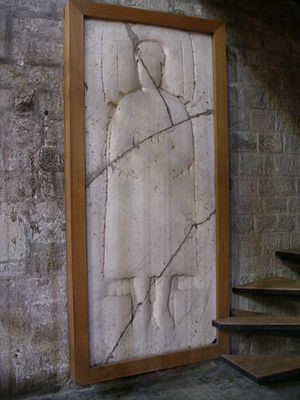
The Constable’s tombstone in Santa Maria del Mar. Photo Albert Estrada-Rius
Gabinet Numismàtic de Catalunya




